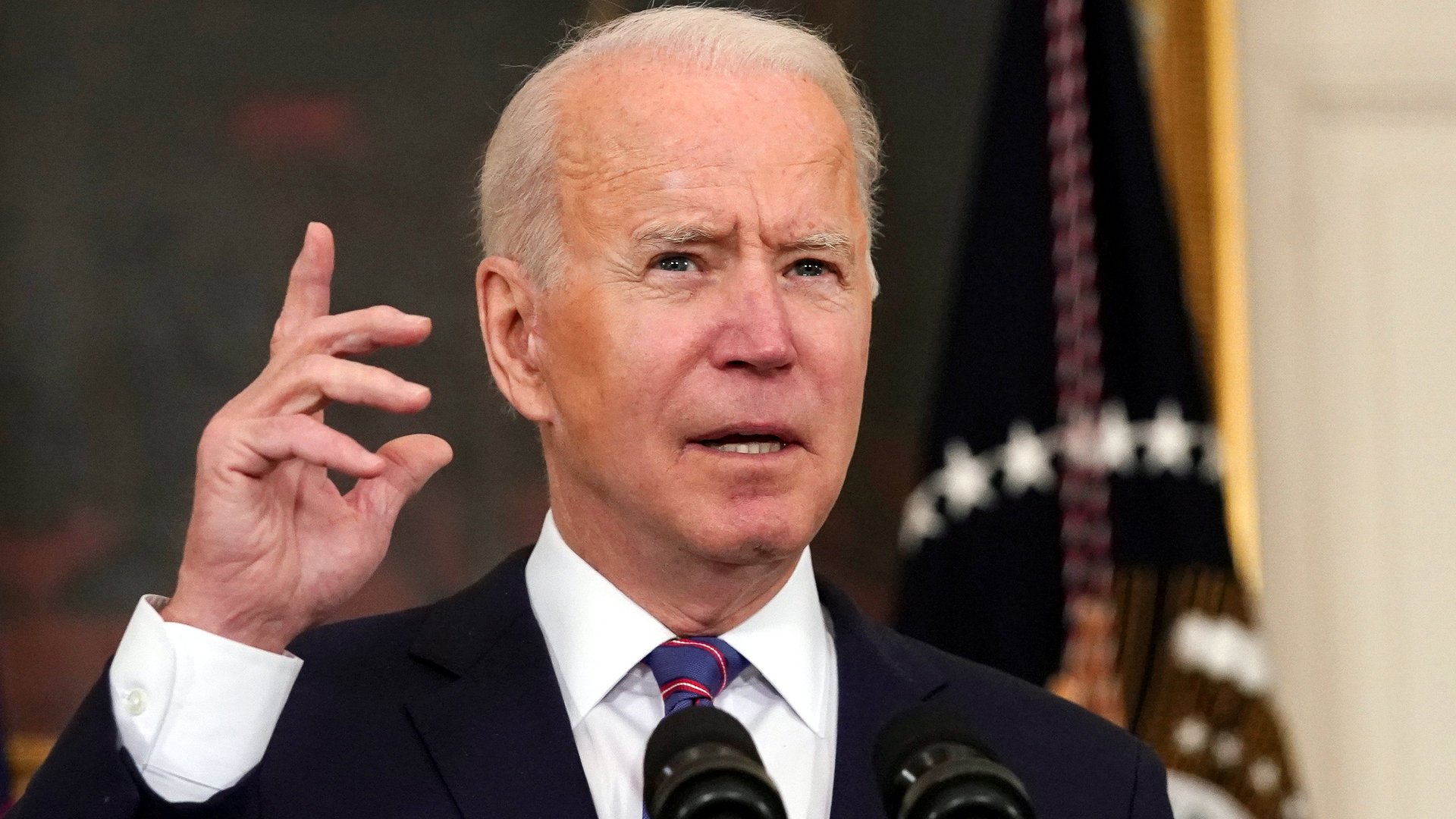1 million US jobs a month aren’t enough
US employment increased by 916,000 new jobs in March, driving the unemployment rate down to 6%.


US employment increased by 916,000 new jobs in March, driving the unemployment rate down to 6%.
This is on one hand terrific news, a sign that the pace of vaccinations is allowing more normal activity to resume and that the American Rescue Plan’s aid money is pushing up demand in the economy.
On the other hand, 1 million jobs just aren’t enough. If this pace is sustained—which seems unlikely—it will still require 14 months for US employment to recover to levels seen before the pandemic, according to economist Jason Furman at the Peterson Institute of International Economics.
The US still has more than 8 million fewer people working than this time last year, and a shortfall of nearly 11 million including people who would have otherwise entered the labor force in the last year.
The continuing slack in the labor market should help alleviate fears that that temporary spikes in prices due to pent-up demand and lack of supply as the economy returns to normal will lead to generalized inflation through spiraling wage hikes.
Even historically speaking, as Mike Konczal notes, the US has seen much bigger increases in employment before the era of macroeconomic stability known as the Great Moderation. That makes this year’s change, even annualized, not that impressive compared to the 1990s or the 1960s—these are “rookie numbers,” in Konczal’s words.
March isn’t even in the top 100 months of highest job growth in the last seventy years.
The good news, beyond the trend, is that this recession remains different from those in the past: As economic analyst Bill McBride notes, we see fewer permanent job losers—people who lost their jobs and don’t expect to get a new one for more than six months—than we did following the 2008 financial crisis, although more than after the 2001 pop of the tech bubble. That jibes with an understanding that much of the job loss is driven by the pandemic halting normal activity, and not industrial collapse.
With the political conversation now turning to the ambitious infrastructure bill proposed by president Joe Biden, the idea of investing in long-term growth makes sense: We’ll likely still need to see employment growing this fast more than a year from now if US employment is to return to pre-pandemic levels. And if we want to see an economy where workers continue to see the real wage gains that were beginning before the pandemic, we’ll need even more growth.